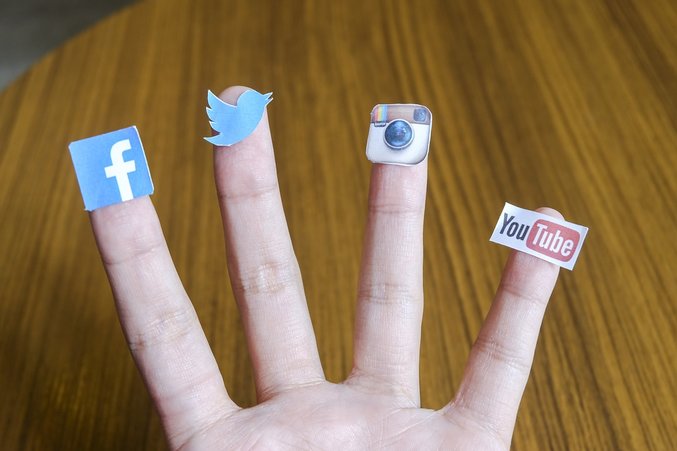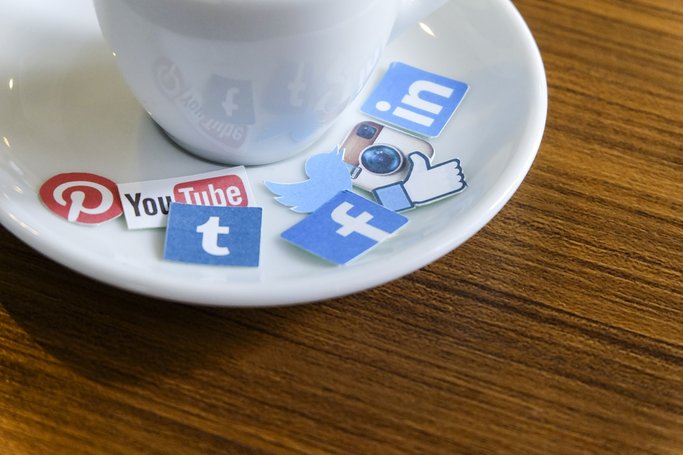
This emotional distance really became apparent to me this week when one of my clients asked me to change out an email signature bio in the template we use. I was supposed to remove Man #1’s name and headshot and replace it with Man #2’s name and headshot. Keep in mind, I don’t know either of these employees. Nonetheless, I was a little sad to see Man #1’s picture removed. He had such a genuine smile and every time I created an email for this client, I got to see his sweet-looking face eagerly smiling back at me. Now, Man #2 is also smiling in his headshot also, but his smile feels different and foreign to me. I had formed a strange pretend connection with this Man #1 because I saw his face every time I read one of his company’s emails.
What does that say about this year?
Okay, maybe I’m just going crazy. But I would be willing to bet that I’m not alone. I haven’t hugged someone who isn’t a family member in 9 months. I have missed my long-time best friend’s entire first pregnancy (which is my first chance to be an aunt) despite her moving much closer to me in March. I rarely see my other best friend who lives within walking distance of my home because we don’t get together for impromptu meals anymore. But my story isn’t unique – most people are lacking social interaction these days.
Transactional data shows that people are filling this emotional void with media, alcohol, and online shopping. The dramatic rise in online shopping is especially interesting to analyze because it crosses all consumer segments. Businesses seem to be replacing personal interaction during the ongoing pandemic shutdowns. If you’re an ecommerce retailer, this is a trend you simply can’t ignore.
As people are hurting for social interaction, how can you meet that need to sustain ecommerce revenue?




 RSS Feed
RSS Feed
